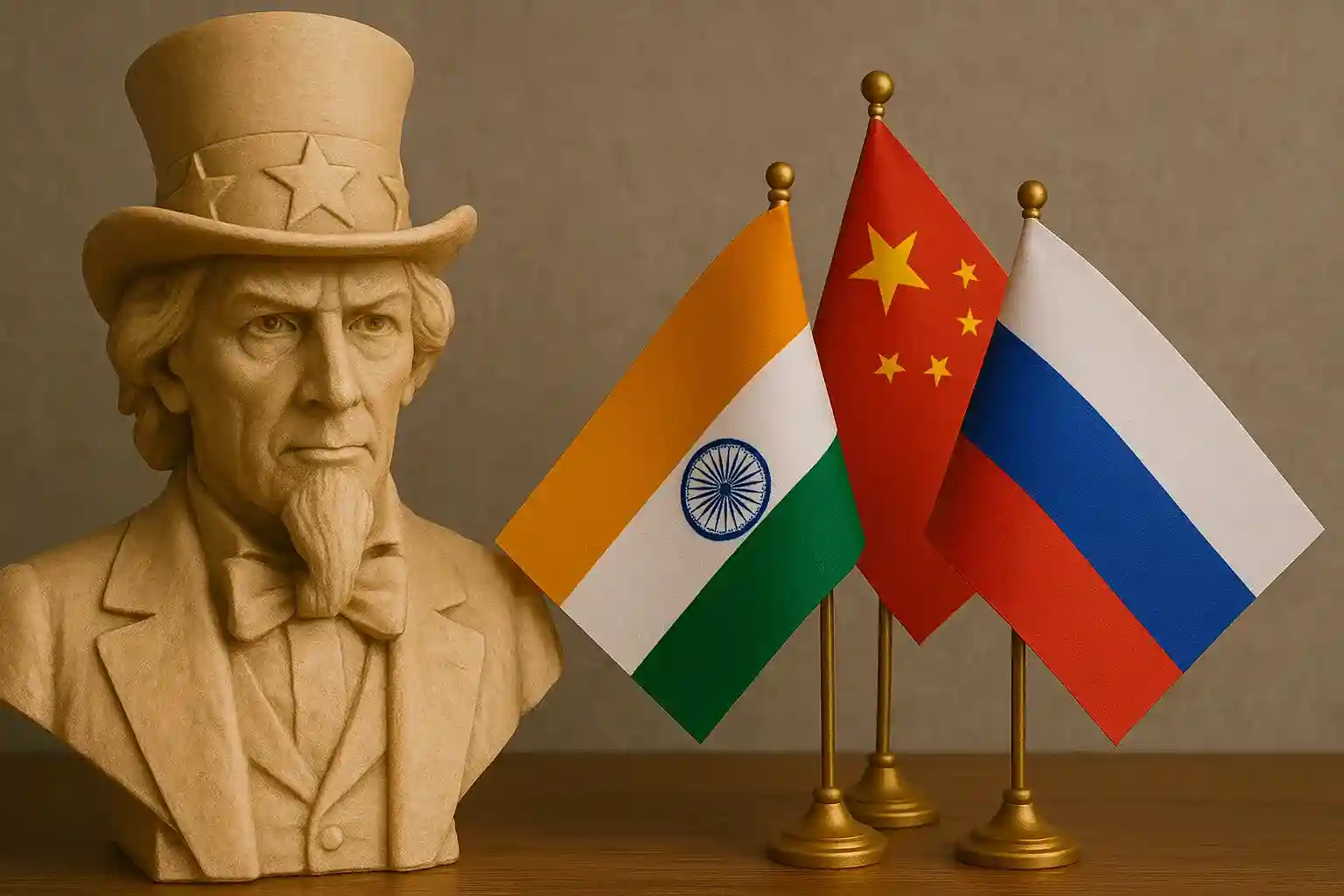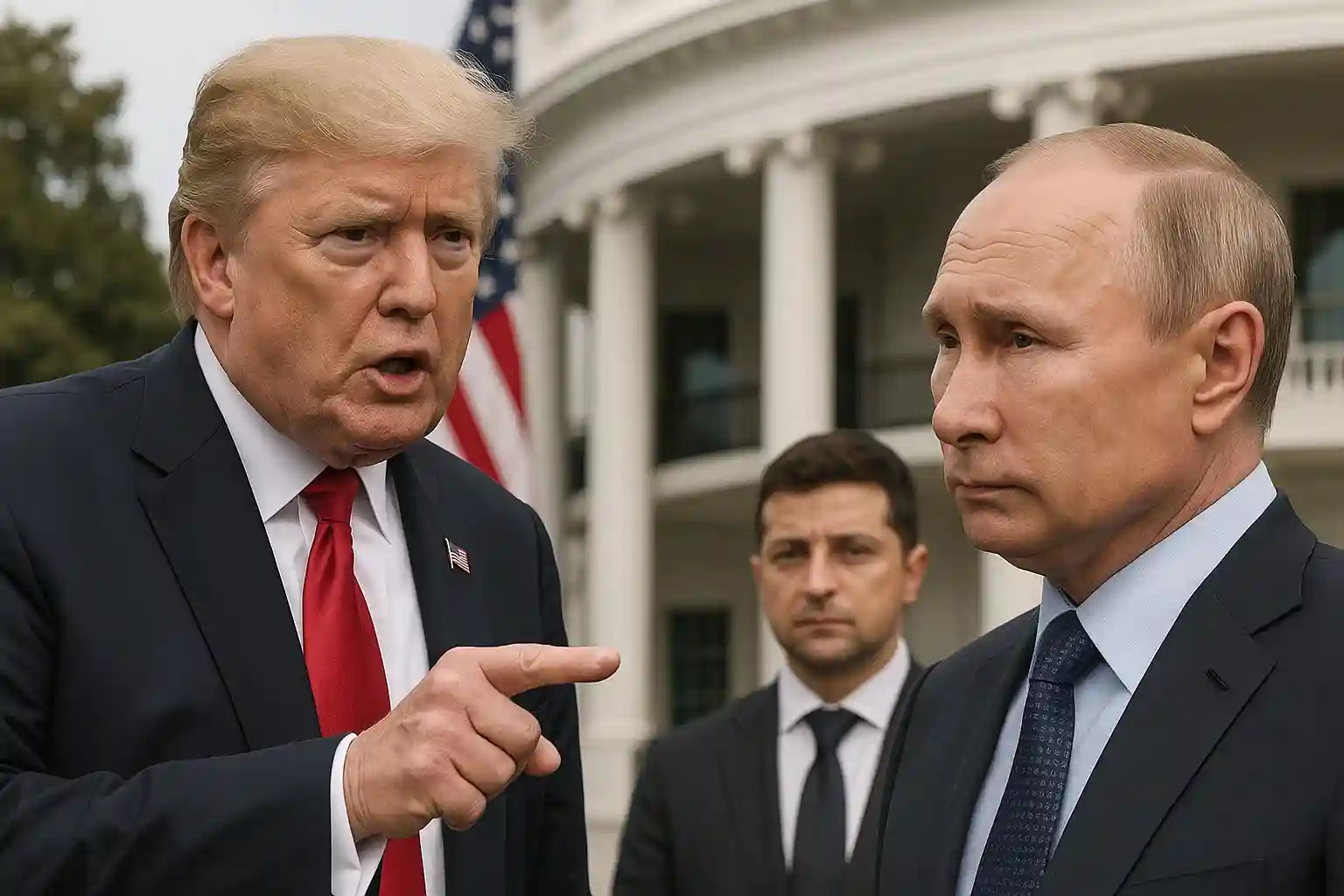A Tariff Triangle: How New US Tariffs Reshape Relations Between India, China, and Russia

A Tariff Triangle: How New US Tariffs Reshape Relations Between India, China, and Russia
The new tariffs imposed by the United States, which include a 25% additional duty linked to India's purchase of Russian oil, have significant implications that are reshaping the geopolitical landscape for all three countries: India, China, and Russia. This move, intended to punish Russia, has had a series of unintended consequences, creating a complex new dynamic between the three nations.
For India: A Strategic Re-evaluation
The tariffs represent a serious economic blow and a moment of geopolitical re-evaluation for India.
- Economic Blow: The tariffs could cost India's economy up to $50 billion, particularly impacting key export sectors such as apparel, gems, and chemicals. This is expected to slow down India's overall economic growth and put pressure on key industries.
- Geopolitical Re-evaluation: The U.S.'s perceived "double standards" in sparing China from similar tariffs has caused a major strain on the U.S.-India relationship, which had been steadily growing. It has forced India to reconsider its strategic alignment with the U.S. and its place in the world order.
- Shift Towards Rivals: In a direct response to these tariffs, India has shown a new willingness to improve ties with both China and Russia. It has already moved to mend relations with China on trade and border disputes, and Russia, in turn, has offered to strengthen trade ties and has even suggested that Indian goods, now facing barriers to the U.S., could be sent to Russia.
For China: A Quiet Strategic Advantage
For China, the new tariffs present a quiet, but significant, strategic advantage.
- Strategic Advantage: The weakening of the U.S.-India partnership is a major strategic benefit for China. Beijing has every reason to welcome this friction and has publicly sided with India, with its ambassador calling the U.S. a "bully" for its trade practices.
- Improved Relations with India: The tariffs have accelerated a thaw in the historically fraught India-China relationship, leading to diplomatic breakthroughs and discussions on resuming trade and resolving border disputes.
- Continued Trade with Russia: China, as the largest buyer of Russian oil, has been spared from similar tariffs. This has been a major point of contention for India and highlights a complex geopolitical calculus by the U.S., which seems to have prioritized its own trade relations with China over penalizing its oil purchases.
For Russia: A Window of Opportunity
The tariffs, while intended to pressure Russia, appear to have had the opposite effect, providing a window of opportunity to strengthen its relationships with key non-Western partners.
- Maintaining Trade: Despite the U.S.'s intent to pressure Russia, India has continued to buy Russian oil. This ensures a steady flow of revenue for Russia.
- Strengthening Ties with India: The tariffs have provided an opportunity for Russia to reinforce its long-standing friendship with India, offering alternative trade routes and payment mechanisms. A planned meeting between the Russian and Indian leaders will likely focus on strengthening these economic and strategic ties.
- Circumventing Sanctions: By having India and China as major customers, Russia is able to continue selling its oil and circumventing some of the financial pressure from Western sanctions, thereby funding its ongoing war efforts.
The ripple effect of these tariffs has created a new 'tariff triangle' where the U.S., in its attempt to punish one, has inadvertently pushed its key partners closer together, solidifying a more complex and multipolar global order.


